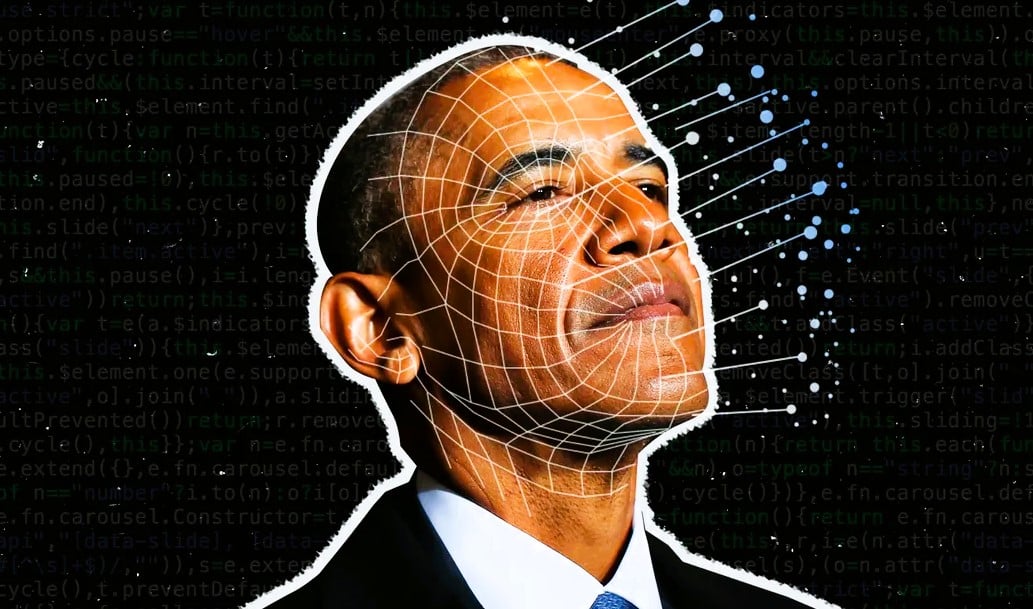Deep fake technology has rapidly emerged as a powerful tool, revolutionizing the way we perceive and interact with digital media. This cutting-edge technology utilizes artificial intelligence (AI) to manipulate or fabricate audio, images, and videos in a way that is incredibly convincing and often indistinguishable from reality. The rise of deep fake technology has raised significant concerns about its ethical implications, potential dangers, and its impact on various aspects of society, including the media industry, politics, and public discourse. In this article, we will delve into the world of deep fake technology, exploring its workings, ethical considerations, societal impact, and its future trajectory.
Understanding how deep fake technology works
Deep fake technology operates through the use of generative adversarial networks (GANs), which are composed of two main components: the generator and the discriminator. The generator is responsible for creating synthetic media, while the discriminator’s role is to distinguish between real and fake content. These two components work in tandem, constantly learning from each other’s feedback to improve the quality and believability of the deep fake content.
The process begins by feeding the GANs with vast amounts of data, typically including thousands of images or videos of the target person or object. The generator then uses this data to create new media that closely resembles the original input. The discriminator assesses the generated content, providing feedback to the generator, which iteratively refines its output until it becomes increasingly difficult to discern the deep fake from reality.
The ethical implications of deep fake technology
The rise of deep fake technology has sparked a myriad of ethical concerns. One of the most pressing issues is the potential for malicious use. Deep fakes have the ability to spread false information, manipulate public opinion, and even blackmail individuals. The ease with which deep fake content can be created and disseminated poses a significant threat to personal privacy and societal trust.
Additionally, deep fakes have the potential to infringe upon intellectual property rights, as they can manipulate copyrighted material without the consent of the original creators. This raises questions about the ownership and control of digital media in the age of deep fake technology. Moreover, the use of deep fakes in non-consensual pornography, also known as “deepfake porn,” has serious implications for consent, revenge porn, and the safety of individuals.
The impact of deep fake technology on society
Deep fake technology has far-reaching implications for society as a whole. Its ability to manipulate information and distort reality poses a significant threat to the integrity of public discourse. The spread of misinformation and the erosion of trust in traditional media sources can have detrimental effects on democratic processes, public opinion, and social cohesion.
Furthermore, deep fakes can have severe consequences for individuals and organizations. The potential for reputational damage, political destabilization, and financial fraud is significant. The rise of deep fake technology necessitates the development of robust detection mechanisms and legal frameworks to address these challenges.
Deep fake technology in the media industry
The media industry has been profoundly impacted by the advent of deep fake technology. While it has opened new creative possibilities for filmmakers and visual effects artists, it has also raised concerns about the authenticity of media content. Deep fake technology has the potential to undermine the credibility of news outlets, as it becomes increasingly difficult to distinguish between real and fake information.
Moreover, the democratization of deep fake technology means that individuals with malicious intent can manipulate media content to serve their own agendas. This challenges the role of journalists as gatekeepers of truth and raises questions about how to maintain journalistic integrity in the face of deep fakes.
The potential dangers of deep fake technology
The dangers associated with deep fake technology extend beyond the realm of misinformation and media manipulation. Deep fakes have the potential to create social unrest, fuel political polarization, and exacerbate existing societal divisions. The spread of deep fake content can incite violence, undermine trust in institutions, and sow discord among communities.
Additionally, the psychological impact of deep fake technology should not be overlooked. The creation of highly realistic fake content can cause emotional distress, confusion, and anxiety. Realizing that what we perceive as truth may, in fact, be fabricated shakes the very foundations of our trust in the digital world.
Ways to detect and combat deep fake content
As the threat of deep fakes continues to grow, efforts to detect and combat this technology have become increasingly crucial. Researchers and technologists are developing various techniques to identify deep fake content, including forensic analysis, machine learning algorithms, and blockchain technology.
Collaboration between technology companies, government agencies, and civil society is essential to establish robust detection mechanisms and promote responsible use of deep fake technology. Educating the public about the existence and potential dangers of deep fakes is also vital in mitigating the impact of this technology on society.
The future of deep fake technology
The future trajectory of deep fake technology remains uncertain. While there are legitimate concerns about its potential for harm, there are also promising applications in entertainment, education, and virtual reality. As technology evolves, so too will the capabilities of deep fake technology. It is imperative that we strike a balance between innovation and responsible use to harness the benefits while minimizing the risks.
Regulatory frameworks, ethical guidelines, and technological advancements will play a crucial role in shaping the future of deep fake technology. Continued research and development are necessary to stay ahead of the curve and ensure that society remains resilient in the face of emerging challenges.
Deep fake technology in politics and public discourse
The impact of deep fake technology on politics and public discourse cannot be understated. The ability to manipulate political speeches, alter the facial expressions of candidates, or create fabricated interviews poses a significant threat to the integrity of democratic processes.
Deep fakes have the potential to undermine trust in political leaders, institutions, and electoral systems. The dissemination of fake political content can manipulate public opinion, sway election outcomes, and create chaos in the political landscape. It is imperative that governments and policymakers act swiftly to address these concerns and safeguard the democratic process.
Conclusion: Navigating the challenges of deep fake technology
The rise of deep fake technology presents numerous challenges that require urgent attention. As this technology continues to advance, it is crucial that we navigate its impact on society with caution and foresight. Robust detection mechanisms, ethical guidelines, and legal frameworks must be established to combat the malicious use of deep fakes and protect individuals’ rights and privacy.
Moreover, fostering digital literacy and critical thinking skills is essential to empower individuals to discern between real and fake content. The responsibility lies not only with technology companies, but also with governments, educational institutions, and individuals themselves.
By acknowledging the potential dangers and actively working towards solutions, we can harness the benefits of deep fake technology while mitigating its negative impact. The path forward may be challenging, but with collective efforts and a commitment to responsible use, we can navigate the complex landscape of deep fake technology and shape a future where truth and authenticity prevail.













